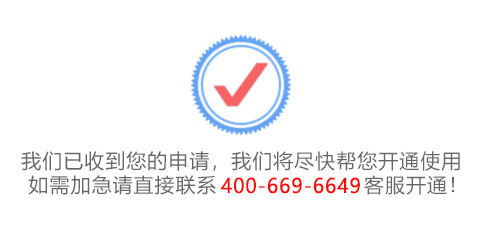外贸订单管理系统的选型误区及避免策略
外贸订单管理系统的选型误区及避免策略
外贸订单管理系统(OMS)是提升企业跨境业务效率的核心工具,但选型过程中常因认知偏差或经验不足陷入误区,导致系统落地效果差、成本浪费甚至业务风险。本文结合行业实践,梳理常见误区并提出应对策略。

一、常见选型误区及风险分析
1.误区一:功能“大而全”优于“精准匹配”
-表现:盲目追求功能模块数量,忽视与企业实际业务场景的适配性。
-风险:系统冗余复杂,员工使用成本高,核心需求反而无法满足。
-案例:某企业采购了具备CRM、ERP等集成功能的OMS,但因缺乏多币种自动换算和报关单生成功能,仍需手动处理,效率未提升。
2.误区二:忽视全球化业务特性
-表现:未关注多语言、多时区、多国财税合规等跨境刚需。
-风险:因系统无法支持本地化税务申报或物流追踪,导致订单延误或罚款。
3.误区三:低估数据安全与系统扩展性
-表现:仅关注初期成本,忽略数据加密、权限管理及未来业务增长需求。
-风险:客户信息泄露风险高,系统无法支撑业务规模扩张,被迫二次投入。
4.误区四:过度依赖供应商承诺
-表现:轻信“定制化开发”口头保证,未在合同中明确交付标准和责任。
-风险:开发周期拖延,功能与预期不符,陷入法律纠纷。
二、选型避坑策略:四步法
1.明确需求优先级
步骤:梳理业务流程痛点(如订单处理时长、退换货率),区分“必备功能”(如多语言订单模板、实时物流追踪)与“可选功能”(如AI预测库存)。
工具:通过流程图和需求评分表量化权重,避免主观决策。
2.验证系统的全球化能力
关键指标:
- 支持多币种结算及汇率自动更新;
- 符合目标市场数据隐私法规(如GDPR、CCPA);
- 与主流跨境物流平台(如DHL、FedEx)API对接能力。
测试方法:要求供应商提供沙盒环境,模拟多地区订单处理全流程。
3.评估技术架构与供应商实力
技术层面:选择模块化架构的系统,便于后期扩展;确保支持云端部署与混合部署。
供应商筛选:
- 考察行业案例(同类企业成功经验);
- 确认售后响应机制(如SLA服务等级协议);
- 要求提供数据迁移和系统集成方案。
4.小范围试点与迭代优化
策略:选择部分业务线或区域进行3-6个月试点,验证系统稳定性与团队适应性。
优化重点:根据一线员工反馈调整操作界面、审批流程等细节。
三、长期价值:从工具升级到战略赋能
优秀的OMS不仅是订单处理工具,更应成为企业全球化运营的“数字中枢”:
数据驱动决策:通过订单数据分析市场趋势,优化供应链布局;
客户体验提升:自动推送物流状态,减少客服咨询压力;
合规风控前置:内置各国关税规则库,规避报关风险。
结语 
外贸OMS选型需以业务本质需求为锚点,平衡功能、成本与扩展性。通过科学的评估流程和阶段性验证,企业可规避“伪需求”陷阱,将系统转化为跨境竞争力的核心支点。



 团队
团队

























